
A Century of Song is an attempt to summarize 100 years of popular music through 1000 carefully chosen tracks. Included within this list are landmark singles, stellar album cuts, huge hits, hidden gems, and more than a few personal favorites. Read the introduction for the project here, and enjoy the embedded videos and Spotify playlist.
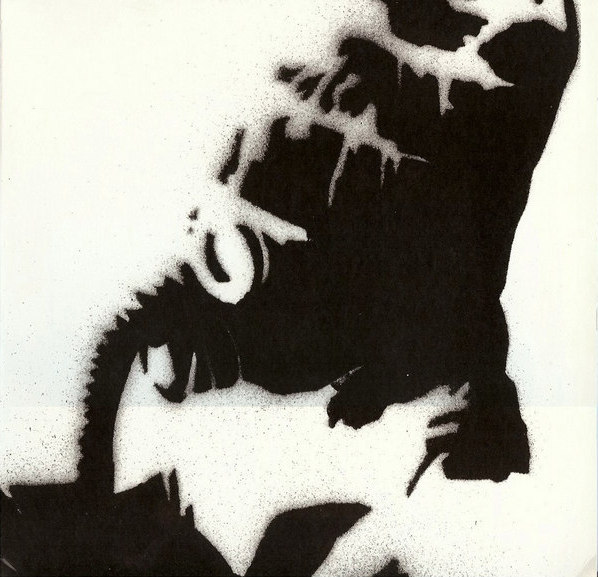
620
With their 1999 album, Ágætis byrjun, Sigur Rós reached a large audience outside of their native Iceland for the first time. Facing high expectations for its follow-up, the Reykjavík group made no compromises to their one-of-a-kind sound or their defiantly cryptic nature. When it arrived in late 2002, the band’s third album, and each of its eight tracks, were left untitled.
Album opener, “Untitled #1” – later revealed to be called “Vaka” – finds the band picking up where Ágætis byrjun had left off. Vocalist/guitarist Jónsi coos in his invented “Hopelandic” language, over a sparse piano-driven melody – vaguely reminiscent of Brian Eno’s early ambient recordings. Instead of building to one of the group’s signature crescendos, “Vaka” lingers, gaining deeper emotional resonance with each passage of its hypnotic melody.
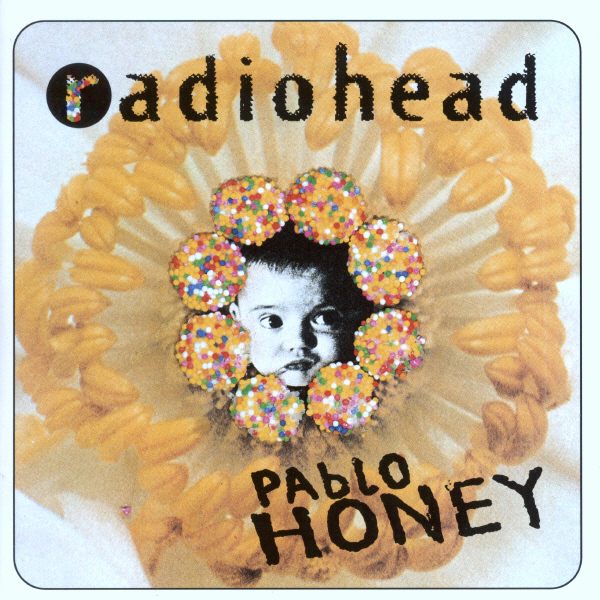
619
It’s easy – tempting even – to make the argument that Radiohead’s first single merely stands in a long line of debuts by great artists that buckle under the weight of what came after. Even the band themselves have attempted to keep “Creep” at arms length – although not enough to keep them from closing their set with it the last time I saw them live. However, “Creep” is no mere novelty, or pleasant-but-lightweight debut. It was a bonafide hit that unquestionably stood out from the pack when it arrived in 1993.
I still remember hearing “Creep” on the radio for the first time that summer, while sitting on my bedroom floor sorting baseball cards. I was naive enough to think that it might have been a new Nirvana song – the follow-up to Nevermind was imminent – at least until Thom Yorke hit the falsetto portion of the bridge. Of course, what really made “Creep” stand out was the band’s other emergent visionary – Jonny Greenwood – whose brutally combative guitar stabs introduced the song’s soon-to-become iconic chorus.
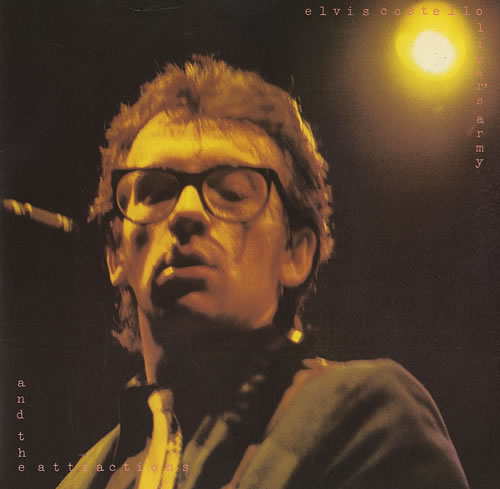
618
Elvis Costello originally intended to title his third album Emotional Fascism, before changing it to Armed Forces. In a sense, both titles speak to the album’s recurrent themes of political and personal strife. Nowhere is that strife more immaculately chronicled than in the record’s first single, “Oliver’s Army.”
Initially inspired the “The Troubles” in Northern Ireland, “Oliver’s Army” is a broad critique of British imperialism, past and present – the title being a reference to Oliver Cromwell, who oversaw the brutal conquest of Ireland in the seventeenth century. Armed Forces found Costello and his backing band, The Attractions, embracing a lush new wave sound. Specifically, it’s the work of keyboardist Steve Nieve that gives “Oliver’s Army” a stately grandeur to match one of Costello’s most exquisite melodies.
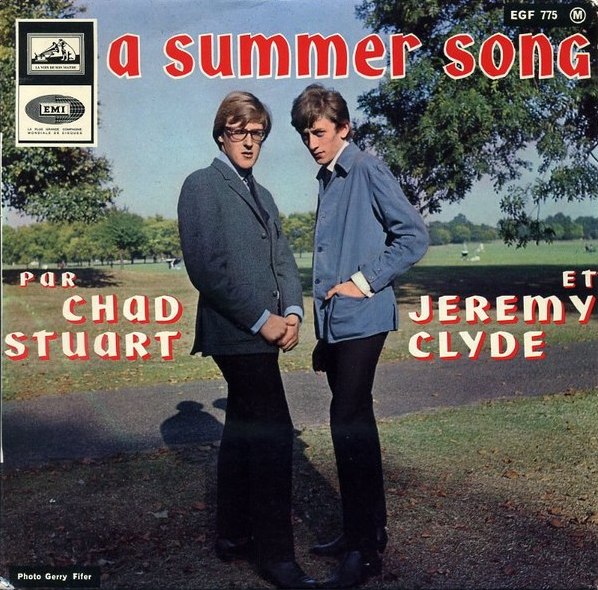
617
Chad Stuart and Jeremy Clyde were a folk duo that – like many of their sixties peers – would dabble in psychedelia before breaking up in 1968. Their biggest hit and most memorable track, “A Summer Song” is a perfect example of British baroque pop – one that would reach a new generation of listeners with its appearance in Wes Anderson’s 1998 film, Rushmore.
“A Summer Song” drifts gently on Chad & Jeremy’s harmonized vocals and Shel Talmy’s warm orchestral production. While there is a cozy, romantic sentimentality to the song – one that makes it an easy target for mixtapes – there is an undeniable melancholic undercurrent that helps to separate it from the bubblegum tracks of the era.

616
The tense centerpiece to Big Thief’s fourth album, Two Hands, “Not” represents the peak thus far for the Brooklyn folk rock quartet. The band’s second full-length album of 2019, Two Hands was a more group-oriented affair than the preceding U.F.O.F., but on “Not,” singer-songwriter Adrianne Lenker delivers a compelling performance that reaffirms her position as the band’s focal point.
Insistent, raw, and anthemic, “Not” takes a welcome detour in its instrumental second half, as Lenker’s vocals give way to her cathartic guitar solo. The studio version that appears on Two Hands is mesmerizing in its own right, but the full intensity of Big Thief’s best song to date is revealed in the stirring video linked below.
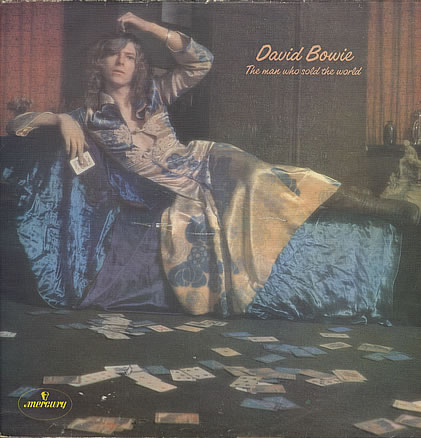
615
It took David Bowie a few albums before finding his footing as the glam-inflected rock god who would dominate the seventies, but from the outset, Bowie’s music would reflect the restless creativity that defined a chameleonic career that yielded stunning results for nearly fifty years. While 1970’s The Man Who Sold the World found Bowie in a semi-awkward transitional state as a hard rocker, the album’s title track is one of the most haunting songs in his catalog.
Like most nineties kids, I was first introduced to “The Man Who Sold the World” through Nirvana’s Unplugged performance. Though Kurt Cobain does an admirable job of translating the song to an acoustic setting, the eerie sounds that accompany Bowie’s alien-like vocals lend an additional air of mystery to an already-perplexing track. One could argue that it is one of the first instances in which Bowie really sounds “like Bowie,” but then again, he was never one to be typecast.
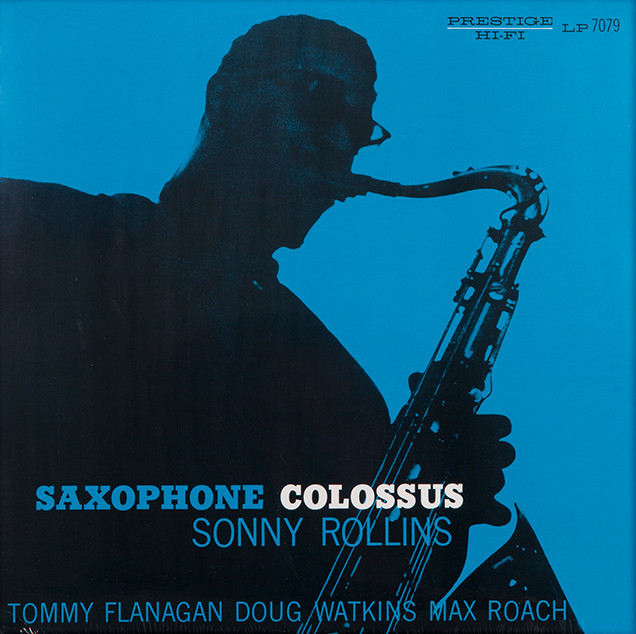
614
It takes a certain amount of chutzpah to call your own album Saxophone Colossus, but aside from John Coltrane, Sonny Rollins was peerless at the height of his power. Colossus would be Rollins’ definitive album-length statement, and one of the finest LPs of the hard bop era. Its opening track is arguably Rollins’ greatest composition.
“St. Thomas” is impressive on all of the levels that jazz scholars seem to require for canonization, but it’s a remarkably accessible track for jazz novices. Rollins’ hook is undeniable, and the solos are sharp, compact, and dexterous. The quartet setting leaves plenty of space for each musician – the drum work of the indomitable Max Roach stands out, in particular – and their skilled interplay and the track’s inherent catchiness make “St. Thomas” one of the core pieces of the Jazz 101 curriculum.

613
I’ve mentioned elsewhere on this list the remarkable prescience shown by a young Isaac Brock throughout Modest Mouse’s The Lonesome Crowded West. The album’s fiery, corroded heart, “Doin’ the Cockroach” finds Brock sounding disarmingly world-weary for a man of such a young age, but unwilling to go down without a fight.
While many of The Lonesome Crowded West‘s best tracks could easily be recast as stripped-down folk songs, “Doin’ the Cockroach” relies on the kinetic energy of Brock, bassist Eric Judy, and drummer Jeremiah Green. Beginning as a dirge, the song erupts at mid-point, turning into a frantic mutant funk, all while Brock’s jaded lyrics give way to a furious flurry of disembodied imagery.
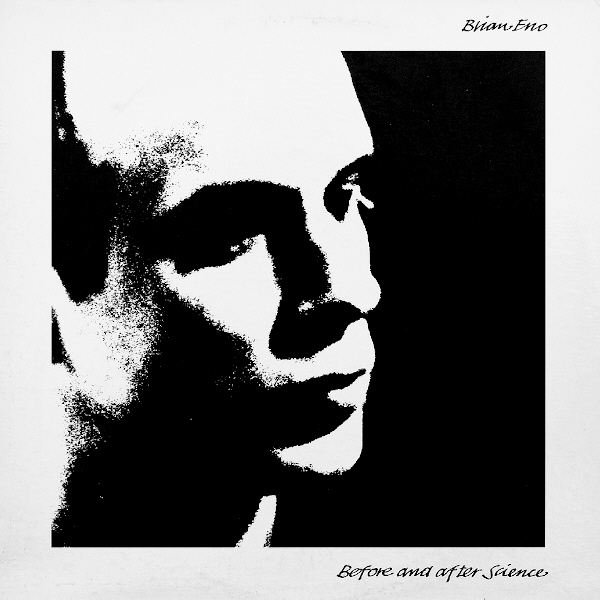
612
Sometimes overlooked next to the epochal records that surround it in his catalog, 1977’s Before and After Science is one of Brian Eno’s most spellbinding albums. While the LP’s first half is full of twisted modern pop, the second side recalls the ambient landscapes of his 1975 masterpiece, Another Green World. Among its highlights is this beautifully understated track.
Eno had dabbled in minimalism before – and would dive even further into ambience with the following year’s landmark Music for Airports – but “By This River” is particularly delicate. His vocals – a continually underrated element of his rock recordings – provide a warm counterpart to the song’s icy keyboards, making for one of the most effortlessly gorgeous songs in his discography.
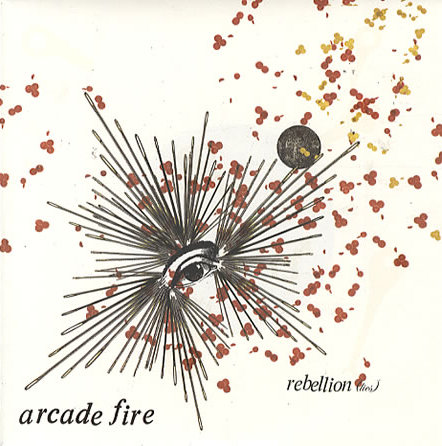
611
While Arcade Fire have always been a bit too earnest to be conventionally cool, “Rebellion (Lies)” still teems with the energy and grandeur that made the Montréal group the band of the moment. The track is a synthesis of everything that made 2004’s Funeral an indie rock touchstone: drama, an anthemic chorus, plaintive strings, call-and-response vocals, teen angst, and that disco-like beat that every new band to emerge in the mid-aughts seemed to use.
For a certain kind of engaged music fan, Arcade Fire seemed omnipresent – either by themselves, or by proxy in the countless sound-alike bands that sprung up in Funeral‘s wake. However, like the album that surrounds it, repetition and imitation have ultimately done little to diminish the power of “Rebellion.”
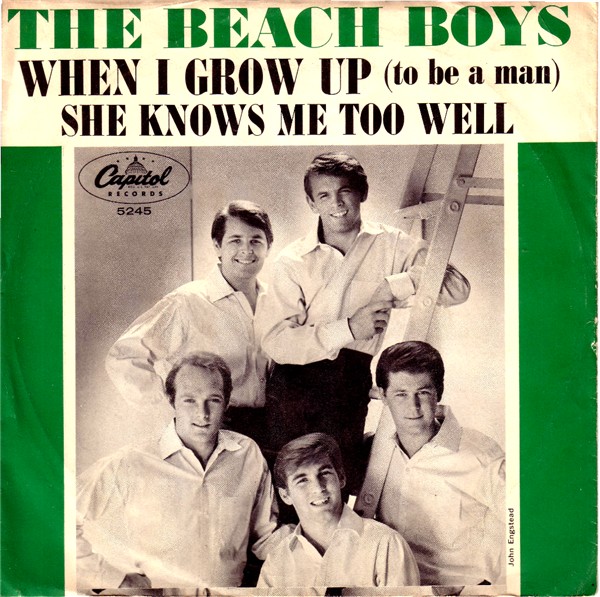
610
Another highlight from the lustrous second side of 1965’s Today!, “She Knows Me Too Well” is one of The Beach Boys’ most overlooked tracks. Originally appearing as the B-side to “When I Grow Up (To Be a Man),” the song demonstrates Brian Wilson’s mastery of the pop ballad, and the unmistakable harmonies that made The Beach Boys the best white vocal group of their generation.
Whereas most of Today! found Brian Wilson ceding instrumental responsibilities to members of the famous Wrecking Crew, “She Knows Me Too Well” was performed by The Beach Boys themselves. While this gives the song more of a low-key feel than the surrounding tracks, Wilson’s intriguing chord changes and wonderful falsetto vocals make it particularly memorable.
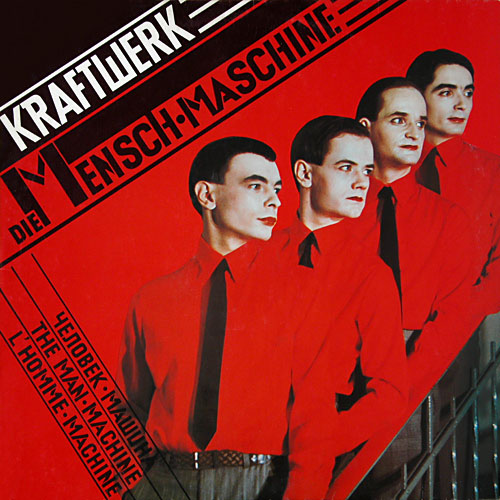
609
1978’s Die Mensch-Maschine featured Kraftwerk at their most song-oriented to date. Largely eschewing the suite-like nature of 1974’s Autobahn and 1977’s Trans Europa Express, the album found the group honing their melodic skills on a set of songs that consistently stand among the best in their catalog. Nowhere are they more convincing as a pop group than on the album’s first single, “Das Model.”
Featuring Kraftwerk at their most compact, “Das Model” is a captivating track. Despite finding the band at their catchiest, the song forgoes a traditional chorus – instead, following each of Ralf Hütter’s verses with a ghostly synth line that serves as the track’s strongest hook. While Die Mensch-Maschine found the pioneering band adopting an android persona, “Das Model” shows that these robots had a pulse.

608
R.E.M. spent their first four albums becoming the biggest indie band in America. Their final record for I.R.S., 1987’s Document found the Athens, Georgia quartet primed for mainstream stardom, and nowhere more so than on the album’s anthemic centerpiece, “The One I Love.”
While much of 1986’s Lifes Rich Pageant saw the band taking on a louder, more polished approach, “The One I Love” sounds positively massive compared to everything that preceded it in the group’s catalog. Bill Berry’s drums sound cavernous, and Peter Buck’s guitar riff establishes a dramatic dynamic shift between the song’s verses and chorus.
Lyrically, “The One I Love” finds Michael Stipe at his most minimalist. Though it was his most clearly enunciated work to date, Stipe’s lyrics reveal little. There’s no reason to believe that the chorus – consisting solely of the word “fire” – should work, but Stipe sells it in one of his most captivating performances.
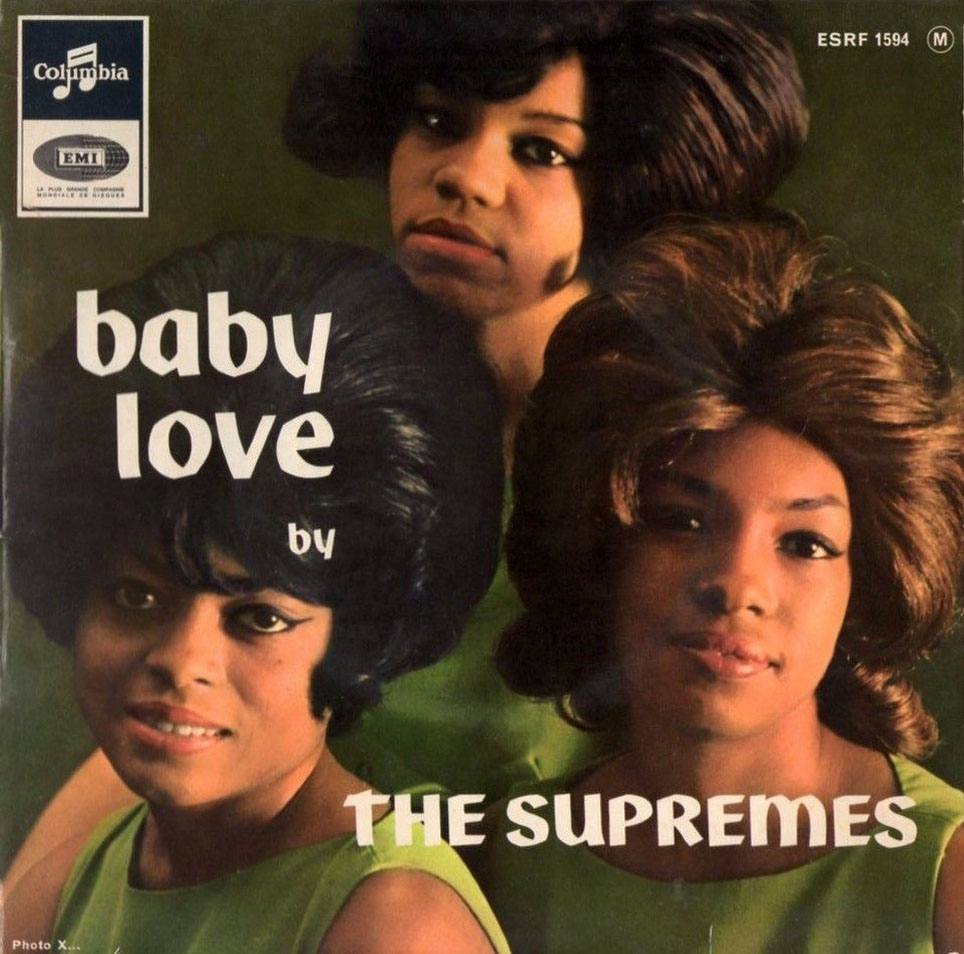
607
The only artists to commercially rival The Beatles in the mid-sixties, The Supremes were Motown’s most successful act during the label’s golden era. Releasing hit after hit, the group turned in a stellar run of singles from 1964-1966. Their second #1 hit, “Baby Love” was one of their most successful and iconic tracks.
Largely following the template of their previous #1, “Where Did Our Love Go,” “Baby Love” features a similarly charming lead vocal performance by Diana Ross, along with catchy interjections from Florence Ballard and Mary Wilson. Motown’s house band, The Funk Brothers, deliver another insistent backing – providing the song with a propulsive momentum that only amplifies its appeal.

606
The final entry in the so-called trilogy that began with 1983’s Swordfishtrombones, Franks Wild Years is less consistent than its predecessors – which also includes 1985’s Rain Dogs – but it houses several of Tom Waits’ most affecting tracks. Perhaps most so is “Innocent When You Dream,” which appears in two different versions – the “Barroom” take on the album’s first half, and the closing “78” reprise.
While both versions of the song are great, its sentimentality is best served by the deliberately vintage sounding take that closes out the album. A lilting waltz designed to invoke nostalgia, “Innocent When You Dream” achieves its goal without ever approaching triteness. With his brilliant mid-eighties reinvention, Tom Waits proved that he could impress, confound, and even repulse, but he could also tug at the heartstrings like no one else.

605
Over a career spanning forty years, Tom Petty became a rock and roll icon and staple of radio, based on his innate knack for crafting memorable hooks. However, for my money, Petty – and his band, The Heartbreakers – would never manage to top the closing song from their first LP.
“American Girl” is a classic – one that remains just as refreshing as it must have been when it first hit the airwaves in 1976. The chiming Rickenbackers of Petty and Heartbreakers’ guitarist Mike Campbell confirm Petty’s love of The Byrds, but the song is no mere throwback. Rather, “American Girl” bursts from the speakers with the energy of contemporary power pop from the moment its instantly recognizable first chords appear.
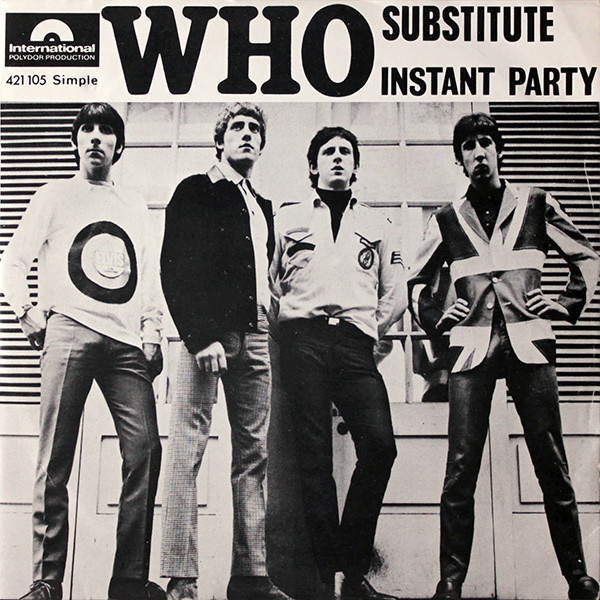
604
I’ve stated elsewhere that The Who’s early singles represent something of a platonic ideal for rock and roll, and few of those tracks surpass “Substitute.” A pop song at its core, “Substitute” bristles with the intensity that should be expected from the wildest (major) band of their time, and features a remarkably clever bit of songwriting from Pete Townshend.
There was an element of danger to The Who in the mid-sixties – and not just of the “stay away from Keith Moon“ variety. The danger I refer to is the low probability that a group of such brilliant, unique, and temperamental individual talents could actually coalesce into something coherent. That combustible nature gave the band an edge that even their greatest contemporaries couldn’t match. “Substitute” finds them near their peak.
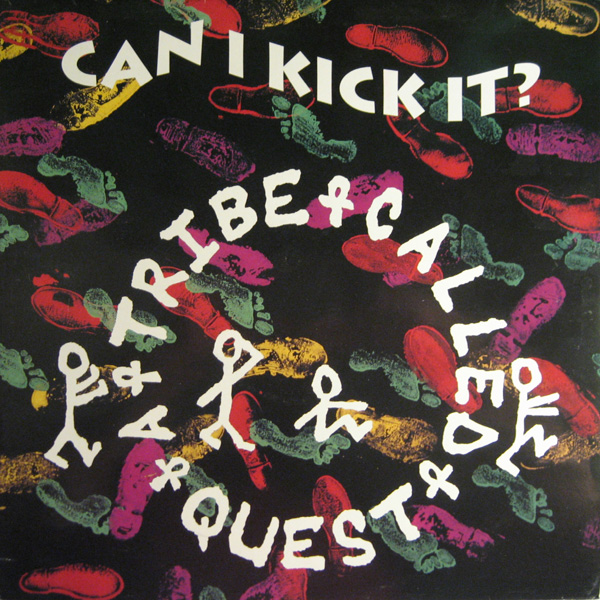
603
The highlight of their 1990 debut, People’s Instinctive Travels and the Paths of Rhythm, “Can I Kick It?” is one of the finest songs from A Tribe Called Quest. Built on a sample from Lou Reed’s “Walk On the Wild Side” (#695), the track shows the inventive production and jazz leanings that the group would bring to perfection on 1991’s The Low End Theory.
“Can I Kick It?” features two verses – one apiece from the group’s emcees, Q-Tip and Phife Dawg. Q-Tip’s verse in particular demonstrates the laid-back approach that would ultimately make A Tribe Called Quest such a touchstone among subsequent hip-hop acts. His breezy production and confident delivery continue to inspire, thirty years after the fact.

602
Originally released as the title track to his 1968 debut album, Townes Van Zandt would re-record “For the Sake of the Song” just one year later for his self-titled third LP. Abandoning the lush instrumentation of his official debut – which he found distasteful – Townes Van Zandt would serve as a reset for the singer-songwriter.
Van Zandt took advantage of the opportunity to revisit several of the best tracks from his debut in arrangements that kept the emphasis on his powerful lyricism. The stripped-down re-recording of “For the Sake of the Song” provided a significant improvement on the original, and it stands as the definitive take of one of Van Zandt’s greatest tracks.
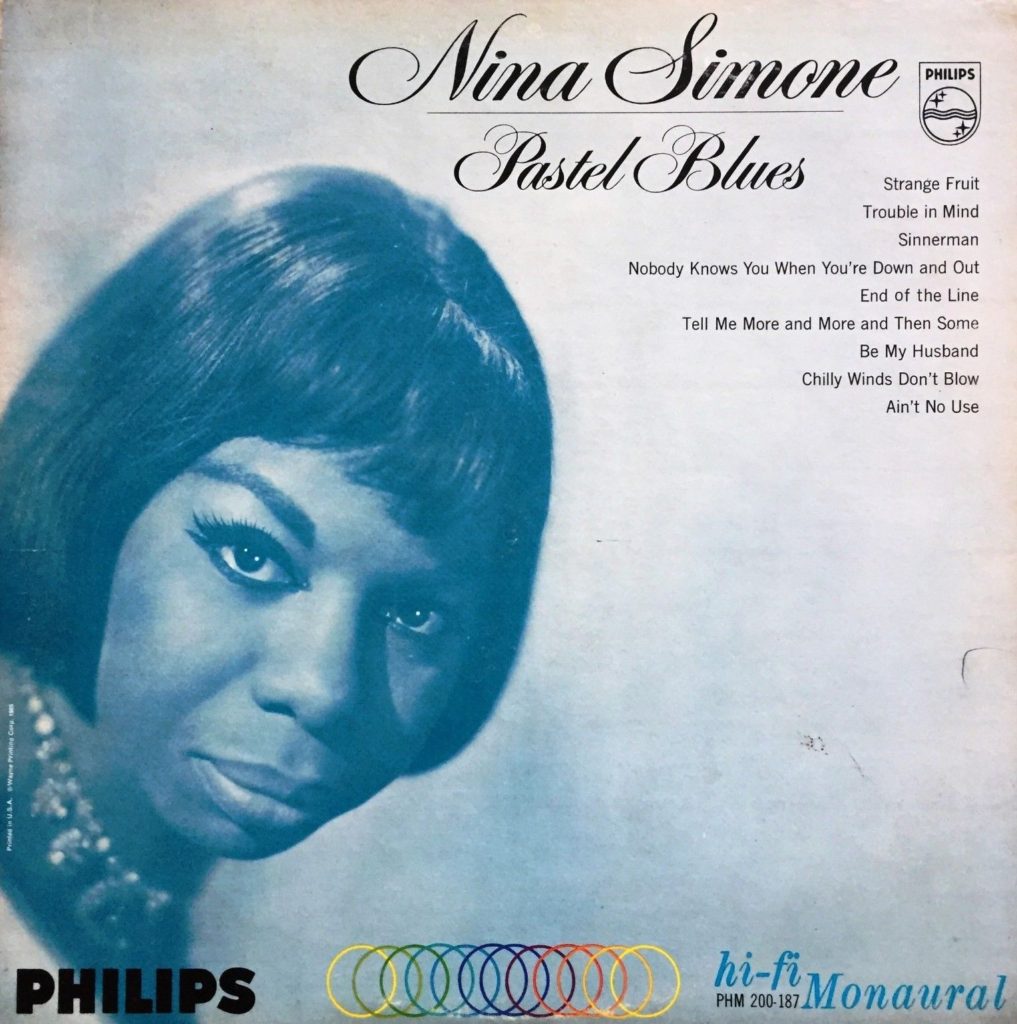
601
It may not seem like it, but a thousand songs aren’t that many. In paring the list down, I was forced to make many concessions – most of which were tough, but ultimately decisions that I could live with. The most regrettable was to include only one version of “Strange Fruit” – one of the most important songs of the century that I intended to chronicle with this project. I have decided to amend that decision.
This spot was not originally intended for Nina Simone’s take on Billy Holiday’s harrowing 1939 original. Incidentally, that version – and a discussion of its significance – will appear much later on this list. Instead, this spot was initially reserved for a different song, but I’ve decided to hold off the discussion of measuring “art vs. artist” that it would prompt for another time. If you must know, I’ll merely hint that replacing that artist’s entry with this track is particularly symbolic. Beyond that, there’s nothing I can say that can add to this remarkably powerful song.


